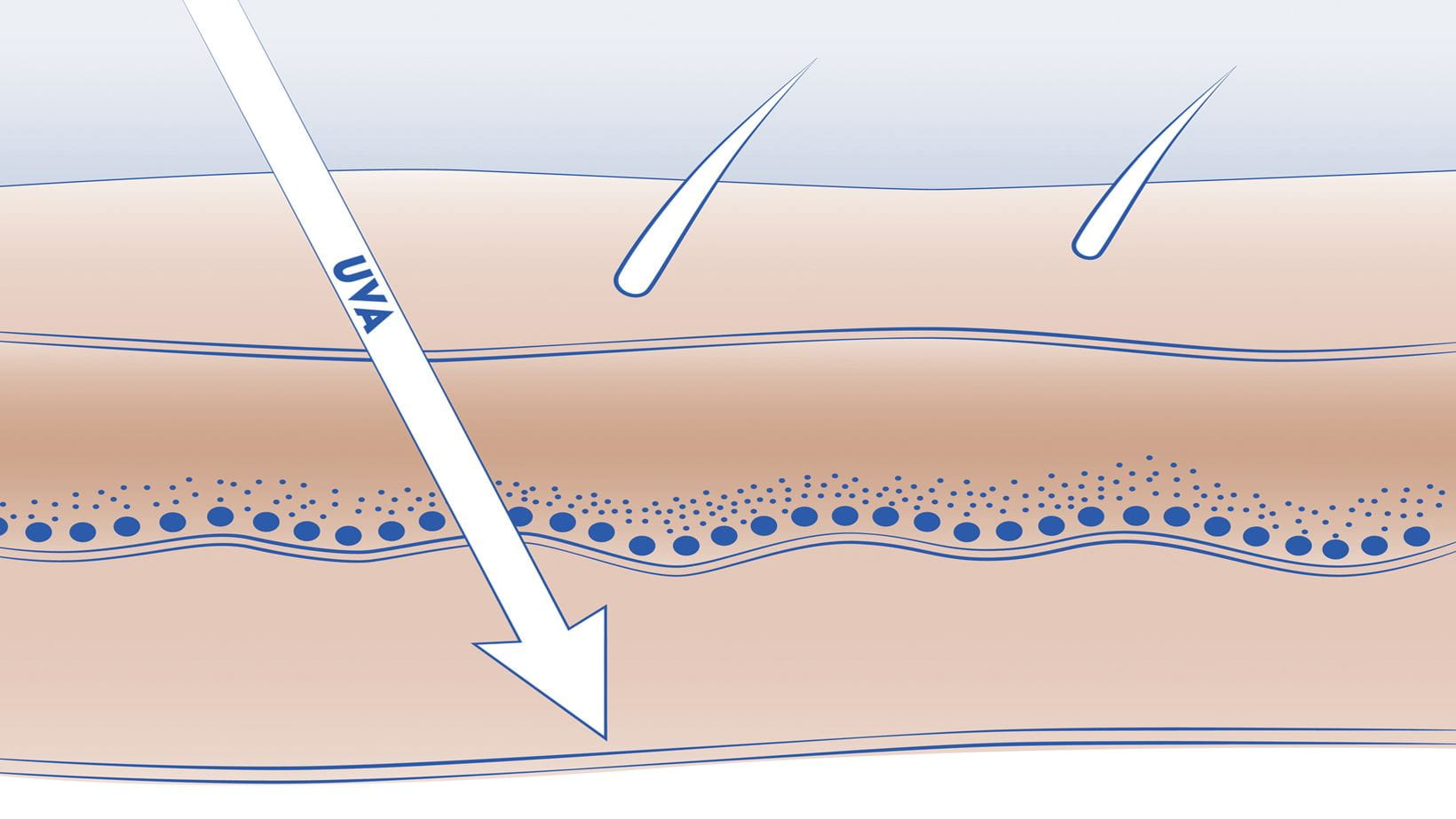UV Light - What is it?
The effects of UV light are invisible and unnoticeable, and small amounts of UV light is important to keep us healthy as we need it to produce Vitamin D but overexposure to the sun can be very damaging.
Ultraviolet light, UVA and UVB are frequently mentioned on sunscreen bottles and we know they're harmful to us but here's exactly what they are and why this is.
The intensity of UV Light
When are you most exposed to UV light?
NIVEA SPF
NIVEA & UV Light
All of the NIVEA Sun collection contains effective UVA and UVB filters to give you the very best protection against the sun and have been carefully created to suit everyone's individual needs:











